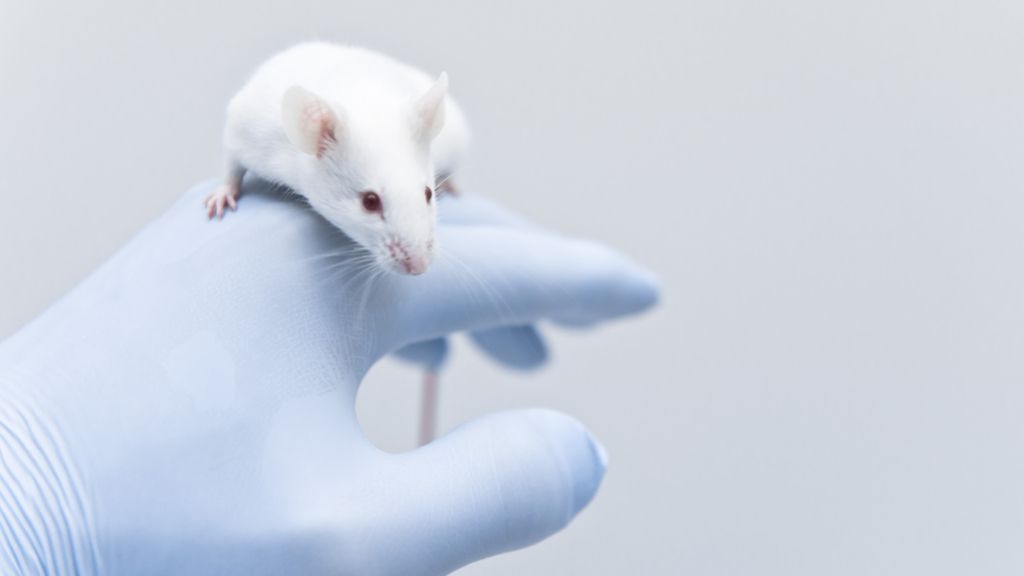OBESITY
Karina Lopez Navarro
Art 3170-02
What is Obesity?
Obesity is one of the major problems impacting my community in contemporary society. The health condition is substantiated where individuals encompass excessive body fat that is past the normal levels. Obesity makes the body vulnerable to other health conditions such as heart diseases and diabetes. Body Max Index (BMI) is used to see a person's weight in kilograms divided by the square of height in meters. A high BMI can be an indicator of high body fatness.
Research and Statistical Evidence
According to the National Health Nutrition and Examination Survey (NHANES), 40% of adults who are aged between 20 and 40 have obesity in the United States. Moreover, 45 percent of individuals between the ages of 40 and 60 have obesity in the US (Ogden 136). The numbers keep skyrocketing with the increase in age, and older adults still seem to be leading with percentages. NHANES has also outlined certain major causes of obesity in the United States of America.
• Addiction to fast foods with numerous restaurants being erected in many parts of the country
• Negligence when it comes to nutritional studies. Certain communities barely care about nutritional or diet studies. Thus, many a time, they eat what is available to them.
• Food addiction is also part of the problem with certain individuals not knowing how to slow down.
Genetics also has a part to play in obesity since most obese parents tend to have obese kids (Ogden 138). When children are born in the US, they mostly eat what their parents eat, and that may evoke consequences. Therefore, all these factors have qualified obesity to be a major issue in the United States and around the world.
Why it is important to combat Obesity?
In my community, over 45 percent of the population is obese, and the number keeps rising almost every year. African Americans and Hispanics have been on the receiving end for the longest time when it comes to the condition. The health condition is important to me because I want to be part of the community's solution. I myself have been fighting obesity in my Adulthood. I also have members of my family who have struggled with the condition all their lives. I would like to ascertain refined health methodologies that can help the community avoid their future lives. Additionally, my community is poverty-stricken; thus, I would like to come up with cheap blueprints that everyone can afford. In the US, medical care is very expensive, and many people do not have health care insurance. Hence, I am keen on outlining methodologies that would lead to future health success, thus avoiding medical care bills. I am certain solving obesity in my community will also help in solving other conditions that come with obesity.
Treatment Issues
The following are some of the issues that are associated with solving the problem in my community.
First, many people do not believe in diet or nutritional studies, and they are unlikely to respond. In most instances, my community members eat what is available because of the region's low quality of life. Junk foods are the cheapest, and they are readily available on most occasions. Many people believe that they cannot help it.
Secondly, many people fail to exercise because they are consumed with their daily routine that can be unhealthy. Many people have to work, and some of them walk more than three jobs; hence they barely have time for anything. Thus, they end up gaining weight in the process without any remedies insight. Those who are consumed by this lifestyle believe that they cannot get out even if they wanted to.
Thirdly, some people are addicted to certain unhealthy foods but cannot let the foods go. These individuals also have no time to listen or watch food sensitization programs that can benefit them in the long run. They have a tight schedule; thus, they cannot check programs that concern their health.
Consequently, aggressive marketing in the region and the prevalence of fast-food restaurants has influenced many people to take fast foods. Individuals can barely withstand the aggressive advertisements that are available on almost every channel. After watching too many shows, individuals find themselves giving in to the urge of fast foods.
How to Offer Support?
Sensitization programs can help individuals to improve their dietary affirmations or nutritional studies. Health care workers or medical practitioners who are part of the community can help in this sector. They can sensitize individuals about what they should eat and what they should avoid. People make mistakes because they barely have a support system to advise them otherwise. Medical practitioners should also identify cheaper options that can resonate well with those who live below the poverty line.
A culture of physical exercise should be substantiated in the community. For instance, there can be social days where various sporting activities are carried out in the community. Those who live in the vicinity can be advised to take part in cultural activities (Lundeen 654). There can be basketball games, football, and hockey to include many people in the future. Additionally, the local government should include posters about healthy foods and unhealthy foods that instigate obesity. That can help in dealing with aggressive marketing.
�
Works Cited
Obesity: Metabolic and clinical consequences. (2021, March 12). Retrieved April 14, 2021, from http://themedicalbiochemistrypage.org/obesity-metabolic-and-clinical-consequences/
Lundeen, Elizabeth A., et al. "Obesity prevalence among adults living in metropolitan and nonmetropolitan counties—United States, 2016." Morbidity and Mortality Weekly Report 67.23 (2018): 653-654.
Ogden, Cynthia L., et al. "Prevalence of obesity among adults, by household income and education—United States, 2011–2014." MMWR. Morbidity and mortality weekly report 66.50 (2017): 136.





















